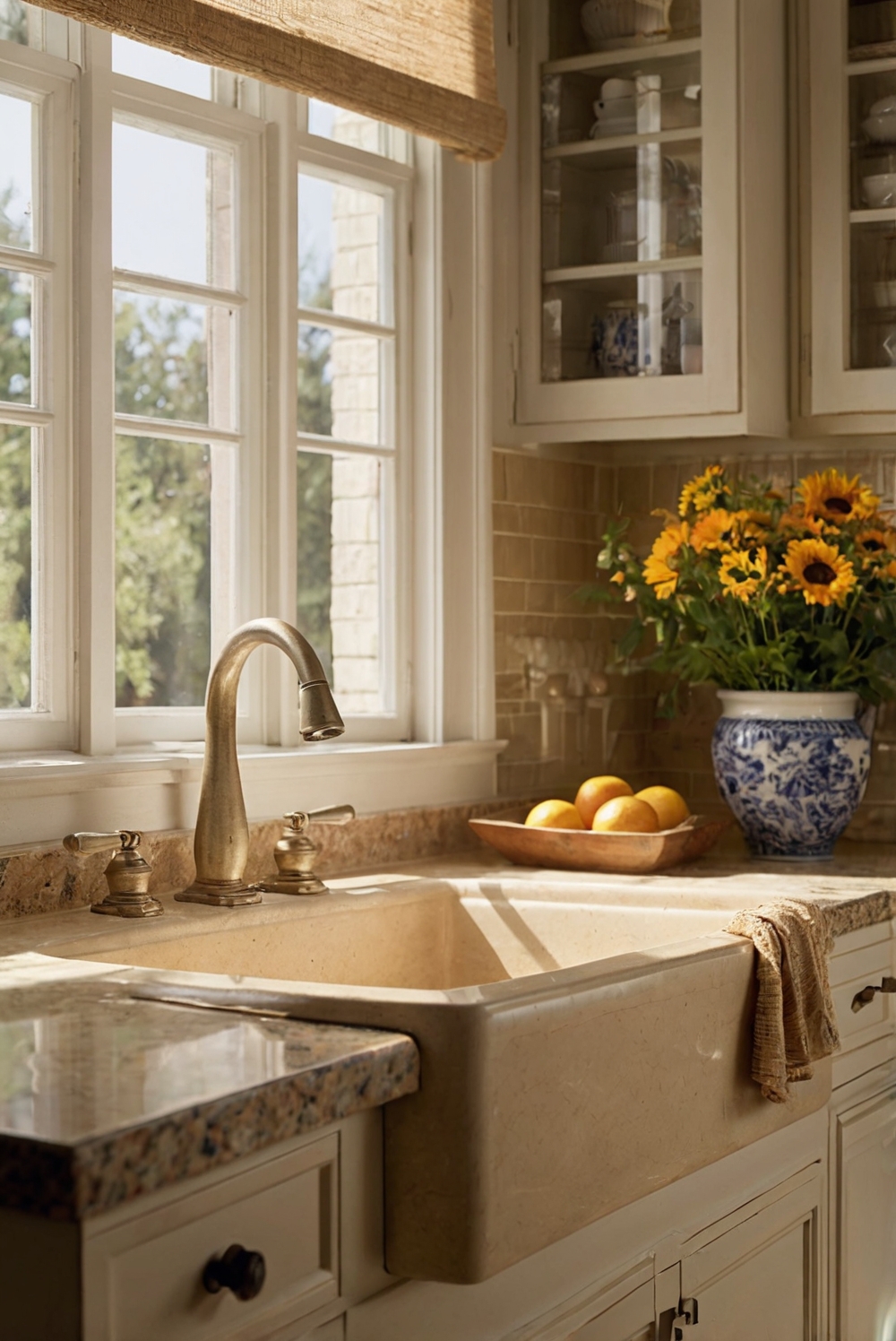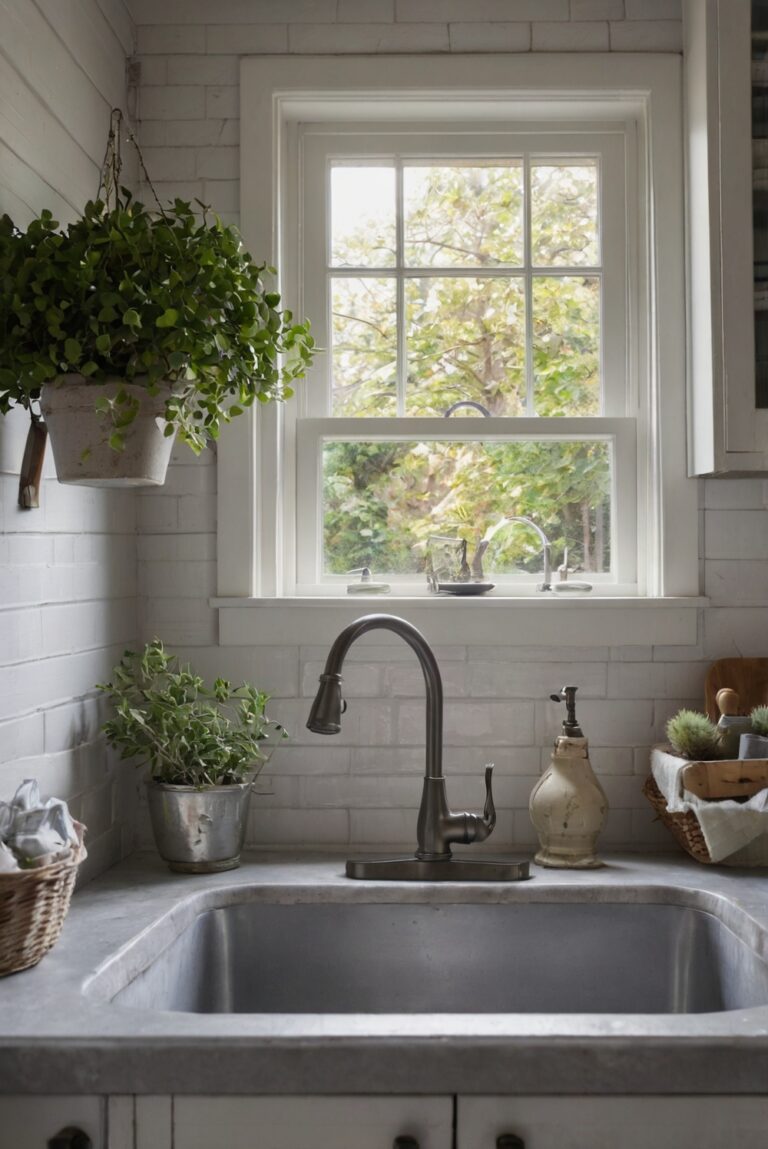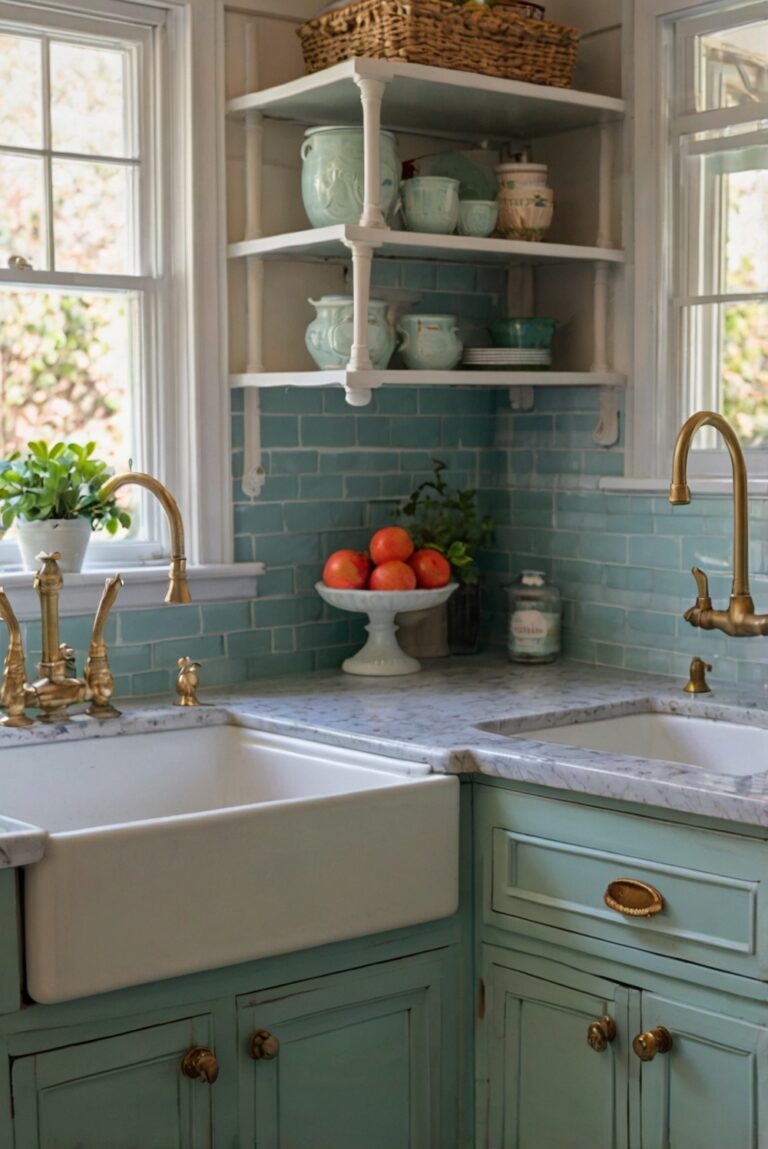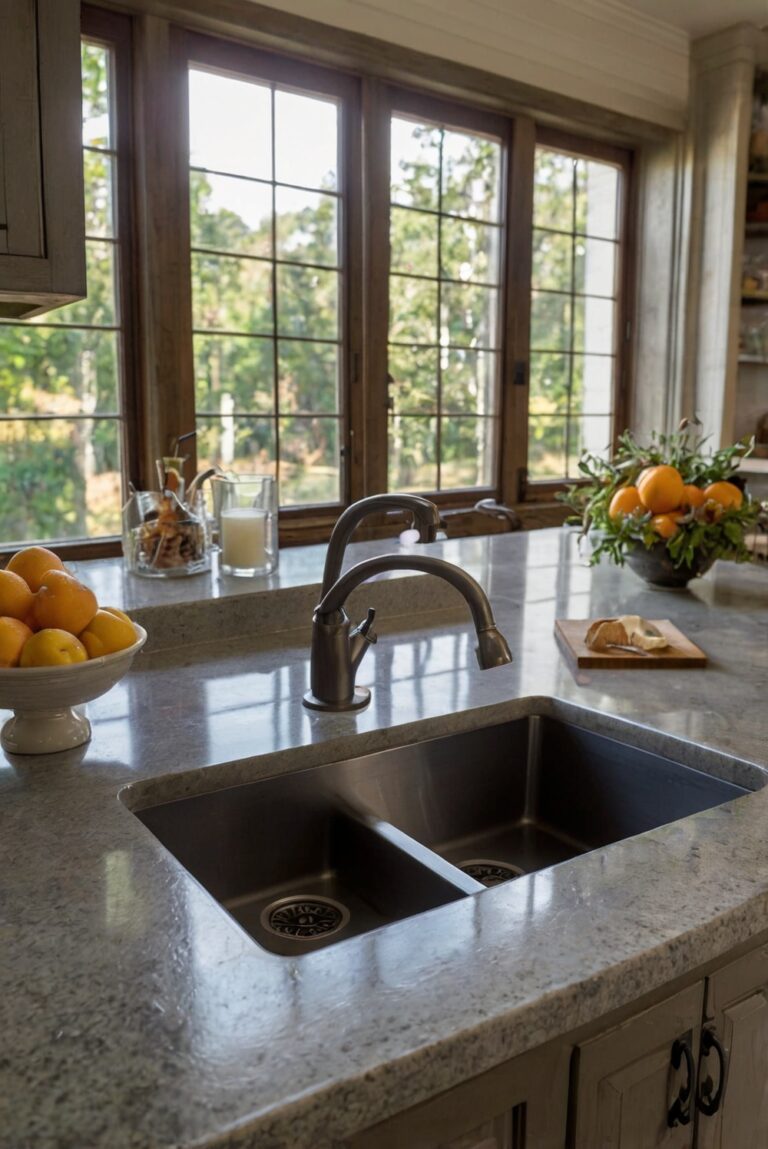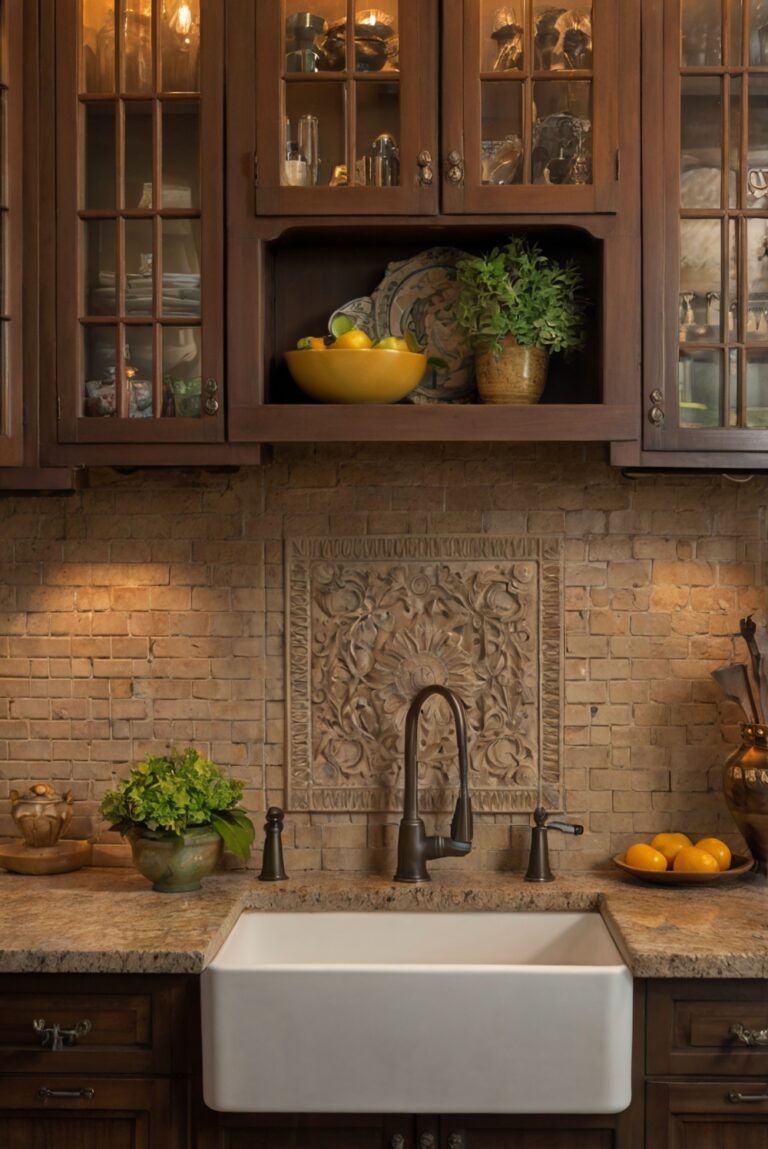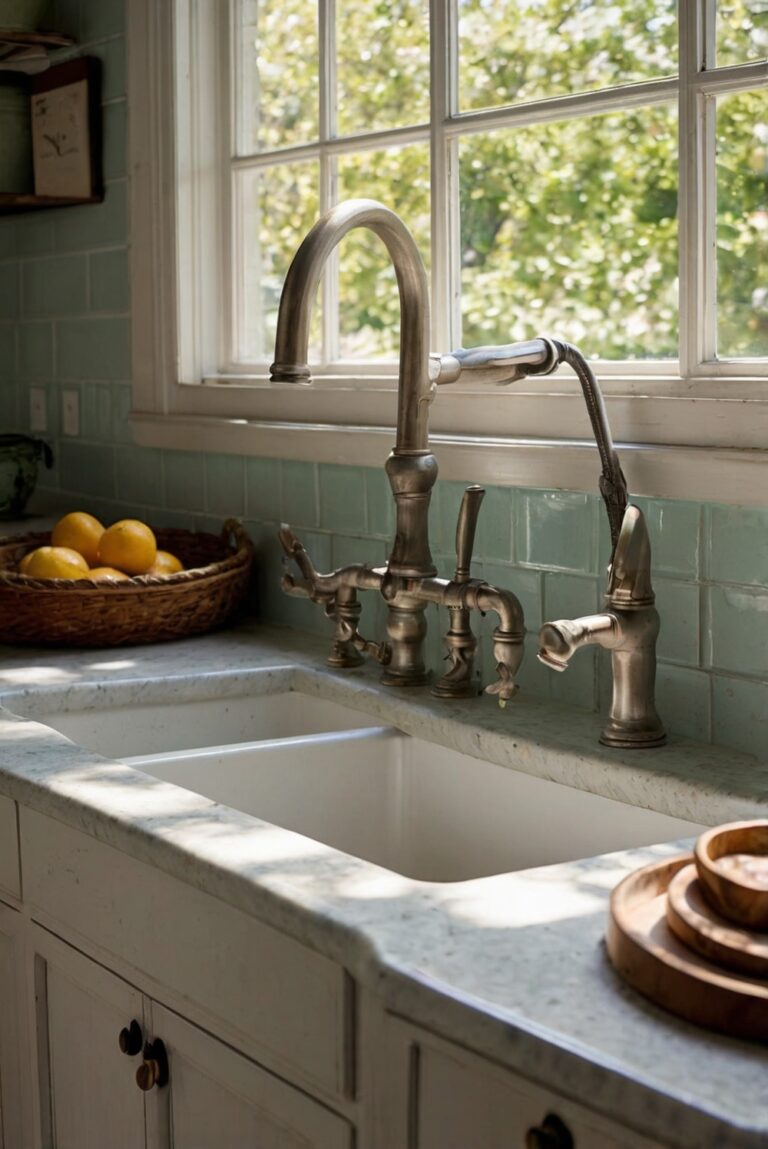Discover the ultimate guide to selecting sink materials that offer top-notch heat resistance. Dive into professional tips and recommendations for your daily interior design routine.
What Are the Best Sink Materials for Heat Resistance?
What Are the Best Sink Materials for Heat Resistance?
Stainless steel and fireclay are among the best sink materials for heat resistance. Stainless steel sinks are durable and can withstand high temperatures, making them a popular choice for kitchens. Fireclay sinks are also heat resistant and have a classic look that adds elegance to any kitchen decor. When choosing a heat-resistant sink material, make sure to consider the maintenance requirements as well. Regular cleaning and proper care can help prolong the lifespan of your sink while maintaining its heat resistance properties.
What Are the Best Sink Materials for Heat Resistance?
Stainless Steel:
Stainless steel is one of the best sink materials for heat resistance. It can withstand high temperatures without getting damaged, making it ideal for kitchens where hot pots and pans are frequently used. Stainless steel sinks are also durable, easy to clean, and resistant to stains and rust. They are a popular choice for both residential and commercial kitchens.
Cast Iron:
Cast iron sinks are another excellent option for heat resistance. They are incredibly sturdy and can handle high temperatures without warping or cracking. Cast iron sinks are also known for their classic and timeless look, making them a popular choice for traditional kitchen designs. However, they do require regular maintenance to prevent rusting and chipping.
Fireclay:
Fireclay sinks are made from a mixture of clay and glaze that is fired at high temperatures, resulting in a sink that is extremely heat resistant. Fireclay sinks are also resistant to scratches, stains, and fading, making them a durable and low-maintenance option for kitchens. They come in a variety of styles and colors, making it easy to find one that complements your kitchen design.
Conclusion:
In conclusion, when it comes to heat resistance, stainless steel, cast iron, and fireclay are some of the best sink materials to consider. Each material has its own unique benefits and characteristics, so it’s essential to choose one that fits your specific needs and preferences. By selecting a sink made from one of these heat-resistant materials, you can ensure that your kitchen sink will withstand high temperatures and remain in excellent condition for years to come.
1. What are the top sink materials known for their heat resistance?
Stainless steel, cast iron, fireclay, copper, and granite composite are among the best sink materials for heat resistance. Stainless steel is durable and can withstand high temperatures. Cast iron sinks are also heat-resistant and have a classic look. Fireclay sinks are known for their heat resistance and elegant appearance. Copper sinks not only offer heat resistance but also add a unique aesthetic to the kitchen. Granite composite sinks are extremely durable and can handle high heat without getting damaged.
2. How does the material of a sink affect its heat resistance?
The material of a sink impacts its heat resistance due to factors like conductivity and durability. Stainless steel sinks, for example, have good heat resistance because of their low conductivity and high durability. Cast iron sinks are known for their heat resistance as the material can handle high temperatures without warping or cracking. Fireclay sinks are also heat-resistant due to the material’s composition. Understanding how different materials react to heat is crucial in choosing a sink that will withstand high temperatures in the kitchen.
3. Are there specific sink materials best suited for kitchens with high-heat activities?
Yes, certain sink materials are better suited for kitchens with high-heat activities. Stainless steel sinks are a popular choice for such kitchens due to their excellent heat resistance. Cast iron sinks are also ideal for high-heat environments as they can withstand extreme temperatures. Fireclay sinks are another great option for kitchens with high-heat activities, offering both heat resistance and a stylish design. Choosing a sink material that can handle high temperatures is essential for maintaining the sink’s quality and durability in a heat-intensive kitchen.
4. How can homeowners ensure their sink material maintains its heat resistance over time?
To ensure that a sink material maintains its heat resistance over time, homeowners should follow proper care and maintenance guidelines. Avoid placing hot pots and pans directly on the sink surface to prevent any damage. Regular cleaning with mild soap and water can help preserve the material’s heat resistance properties. For stainless steel sinks, using a protective grid at the bottom can prevent scratches and maintain heat resistance. Following the manufacturer’s recommendations for care and maintenance will help prolong the sink material’s heat resistance and overall longevity.
5. Are there any additional features or coatings that can enhance a sink’s heat resistance?
Some sink materials come with additional features or coatings that enhance their heat resistance. For example, some stainless steel sinks are treated with a heat-resistant coating to improve their ability to withstand high temperatures. Cast iron sinks may have enamel coatings that provide added heat resistance and durability. Fireclay sinks often come with a protective glaze that enhances their heat resistance properties. Investing in a sink with specialized coatings or features can offer increased heat resistance and ensure the sink’s longevity in a high-heat kitchen environment.

